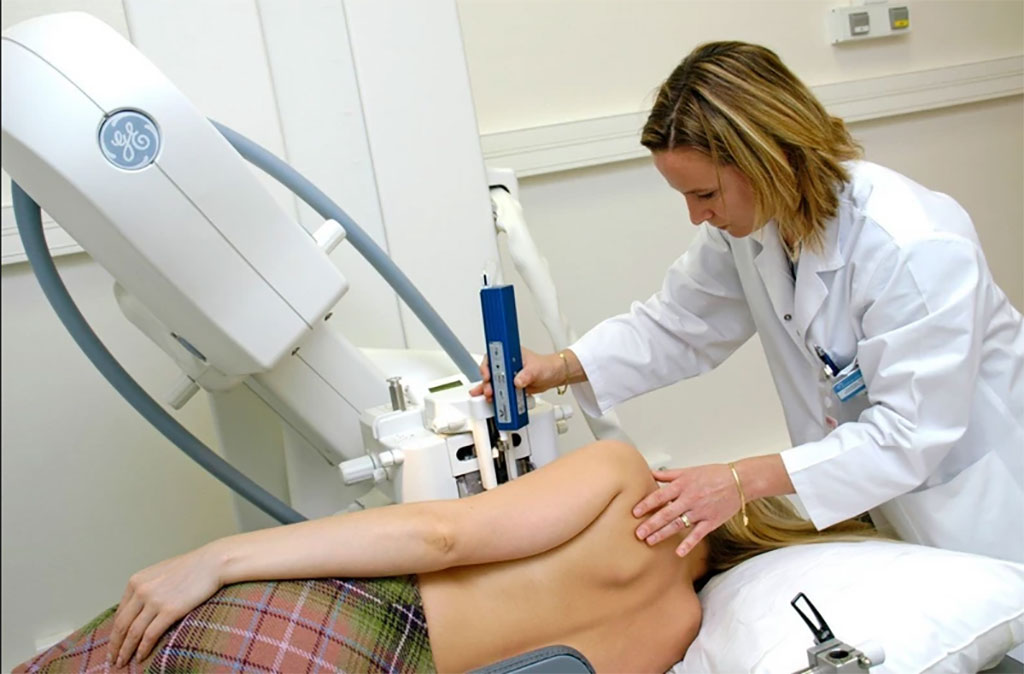Image-Guided Breast Biopsy Predicts Residual Cancer
By MedImaging International staff writers
Posted on 21 Oct 2020
Image-guided breast biopsy following neoadjuvant chemotherapy (NACT) can be used to assess the presence of residual cancer, according to a new study.Posted on 21 Oct 2020
The study, by researchers at the Royal Marsden NHS Foundation Trust (London, United Kingdom), the University of Texas MD Anderson Cancer Center (MD Anderson; Houston, USA), and Seoul National University Hospital (SNUH; South Korea) set out to assess the accuracy of post-NACT image-guided biopsy to predict residual cancer in the breast. Of 166 women involved, 143 had image-guided vacuum-assisted biopsy (VAB), and 23 had core-cut biopsies.

Image: Image-guided breast biopsy helps detect lingering cancer cells (Photo courtesy of SciencePhoto)
Ultrasound guidance was used in 77.7% patients, with stereotactic guidance utilized in the remaining 22.3% of patients. The results showed that in the 159 patients who had a representative image-guided biopsy, the false-negative rate was 18.7%. However, a less than 5% false-negative rate was observed in a subgroup analysis of 76 patients with a complete or partial clinical treatment response, and a residual imaging abnormality of two centimeters or smaller, and with at least six VAB samples. The study was published on October 7, 2020, in JAMA Surgery.
“Postneoadjuvant chemotherapy image-guided biopsy may identify pathologic complete response in the breast in selected patients,” concluded lead author Marios Konstantinos Tasoulis, PhD, of the Royal Marsden NHS Foundation Trust, and colleagues. “The technique can facilitate risk-adaptive surgery, and it can potentially even identify exceptional treatment responders for deescalation of local therapy.”
Adjuvant therapy involves any treatment given after primary therapy (such as surgery) to increase the chance of long-term survival; neoadjuvant therapy is treatment given before primary therapy.
Related Links:
Royal Marsden NHS Foundation Trust
University of Texas MD Anderson Cancer Center
Seoul National University Hospital














